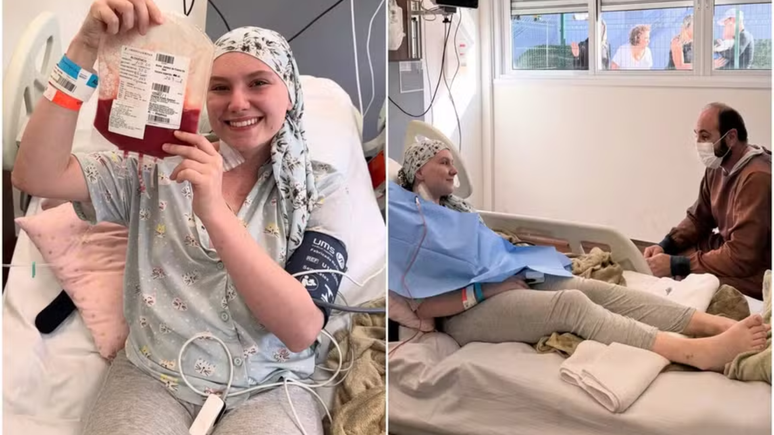The exhibition Oficina+ Escola Liceu de Artes e Ofícios de São Paulo Mobiliário Atemporal tells the history of the institution and is curated by Guilherme Wisnik
An educational point of reference in the capital of São Paulo, the Liceu de Artes e Ofícios celebrates its 150 years with one large retrospective exhibition – Oficina+ Escola Liceu de Artes e Oficios de São Paulo Timeless Furniture – which mixes historical moments of the institution with the industrial formation of the city of São Paulo, as well as retracing decades of pioneering in the education and promotion of the Brazilian arts.
The exhibition shows how the institution has managed to combine pedagogical practices with manual knowledge, becoming a point of reference in Brazilian furniture with pieces created from collective experiences derived from Arts & Crafts, a movement of the textile artist William Morris, who valorized the manual work of industrial artisans. The method was brought from Europe and adapted here by several Liceu masters, including the architect Ramos de Azevedo (1851-1928), founder of the USP Polytechnic School, who directed the institution from the 1890s.
Curated by architect and professor Guilherme Wisnik, the exhibition at the Liceu de Artes Cultural Center is divided into three axes. The first of them reports the urban and social context of the city of São Paulo in 1873, when the institution was founded by the lawyer and politician Carlos Leôncio da Silva Carvalho, with the support of the bourgeoisie of the time – coffee farmers, freemasons and Merchants. Over the years the Liceu contributed to the formation of names such as artists such as Victor Brecheret, Antonio Borsoi, Conrado Sorgenicht and had collaborators such as Almeida Junior, Amadeo Zani and John Graz.
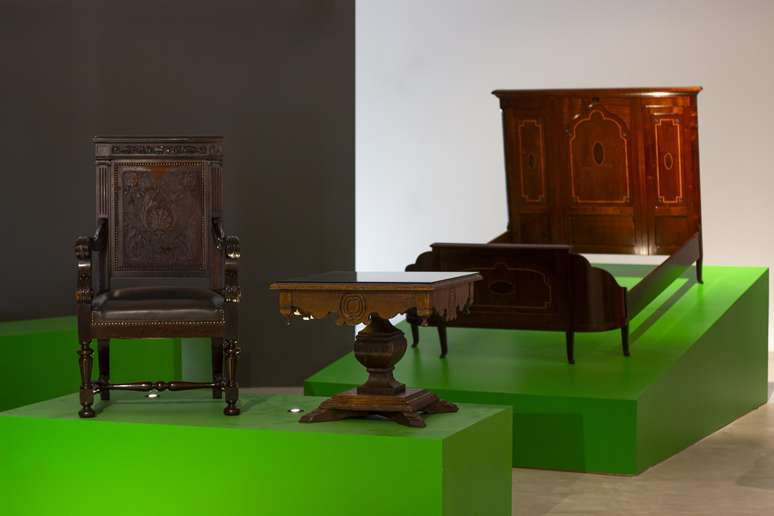
“The Lyceum soon became a respected workshop, known for the potential of the arts and crafts that were created there. The intention was above all to train skilled labor for trade, industry and agriculture,” explains Wisnik. In this first part, “São Paulo- 1873”, the curator draws parallels with crucial moments in the history of Brazil and the institution, going back even to the period following the abolition of slavery in the country, in 1888. It was then that the Liceu began to educate skilled labor, especially children of European immigrants who recently arrived in the country.
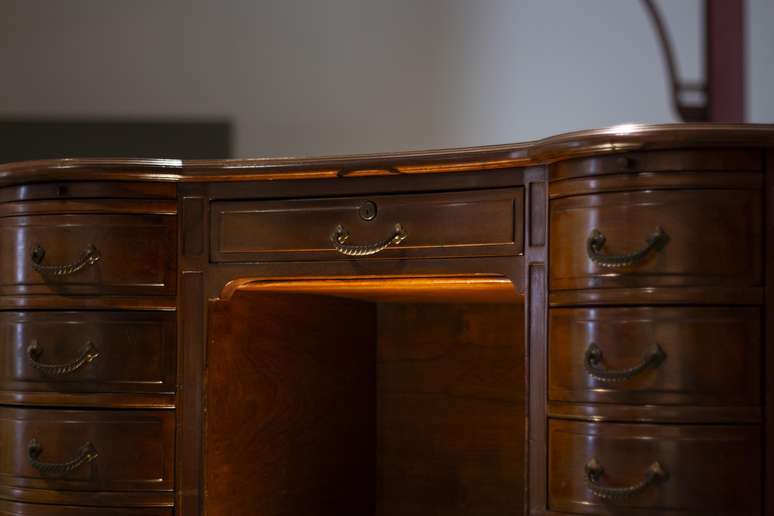
Through photographic and audiovisual resources, the exhibition offers an overview of how the Liceu anticipated the wave of intense production of durable goods that occurred in the country starting from the 20th century, and how urban growth guided the interests of the elite. This social profile is explored in depth in the exhibition using selected excerpts from an interview with Ana Belluzzo, professor at the Faculty of Architecture and Urban Planning of the USP, FAU, author of the first relevant thesis on the topic.
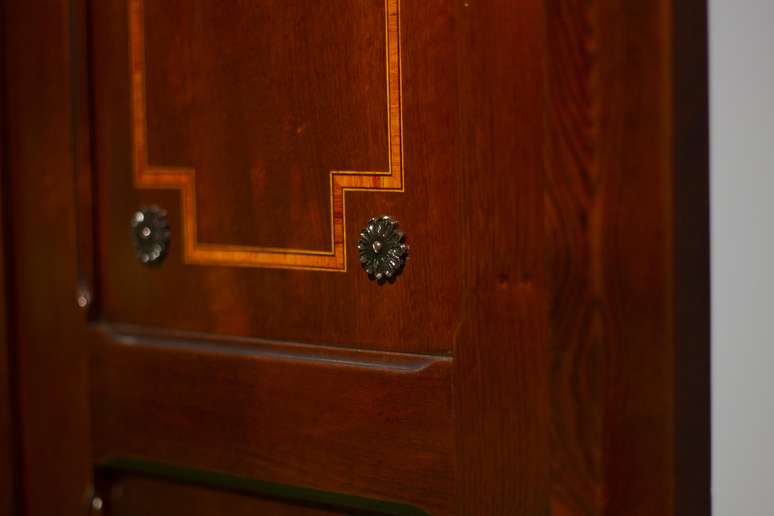
In the second nucleus, focusing on industrial production activities, starting from the direction of Ramos de Azevedo, the exhibition shows how the Liceu has incorporated the method of collective work into its laboratories. Over the decades, this form of work has driven aesthetic and productive debates. Such as the discussions related to the replacement of eclectic and revivalist styles with modernism, characterized by the simplification of ornaments and the search for more economical forms.
To illustrate notable episodes, the exhibition presents a controversial story about two icons of the city of São Paulo of the time, the writers Mário and Oswald de Andrade, who debated whether or not modernist houses should be furnished with Louis XVI style furniture, one of the most reproduced styles at the time in the institution’s laboratories, the flagship of the second “Oficina-Scuola” axis.
According to Fernanda Carvalho, co-curator of the exhibition, one of the objectives is to bring together people who have remained anonymous throughout the history of the Liceu. “This is an experience that will highlight numerous documents present in the admission forms of students and employees in the Liceu archives,” explains Carvalho.
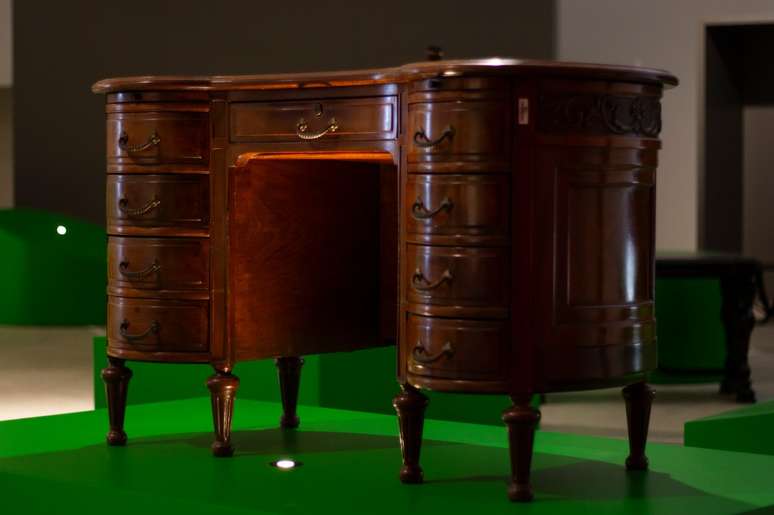
Historical pieces constitute the third and main nucleus of the exhibition, classic sets, such as Savonarola furniture, will be presented alongside modernist pieces, such as furniture from the 1950s. A long-standing partnership between the Liceu and Galeria Teo presents pieces built by noble woods, such as imbuia and rosewood, enhancing the details of the construction to the detriment of the ornamentation.
Using colorful shelves with bright tones and soft textures, the furniture will be suspended so that visitors can observe the most minute aspects of the objects. According to Kiko Farkas, head of the exhibition, the layout has been a topic discussed since the conception of the exhibition, with the aim of making the itinerary more dynamic and interactive.
“We imagined a project that took the furnishings out of their usual places, where they are seen in a utilitarian way by people. When positioning the structures we will use two lights, one more incisive, in the lower part, so that visitors can see the details of the pieces. In the upper part there is a more intimate, low light. This creates a theatrical atmosphere and, in the case of the Liceu collection, a proposal to step out of the comfort zone”, summarizes Farkas.
Oficina+ Escola Liceu de Artes e Ofícios de São Paulo Mobiliário Atemporal recovers documents from the period, such as flyers, catalogs of assemblages and project drawings relating to modernist pieces, including furniture, bronzes and sculptures. Considering the transition from manual work to digital fabrication, the curators have created a FabLab area in the final part of the exhibition. In this space, technologies such as: 3D printing and modeling and robotics and their laser manipulation and operation resources will be highlighted, placing emphasis on the products made by these technologies, referring works from the past to the present day, inviting the public to follow the creative process .
This section of the exhibition wants to invite visitors to reflect on the meaning of “Popular Education” today. Although its profile has adapted to modernity over the years, the Liceo delle Arti e dei Mestieri has retained some of its elementary characteristics, such as the training of students through technical paths linked to technology, innovation and the arts.
Source: Terra
Rose James is a Gossipify movie and series reviewer known for her in-depth analysis and unique perspective on the latest releases. With a background in film studies, she provides engaging and informative reviews, and keeps readers up to date with industry trends and emerging talents.

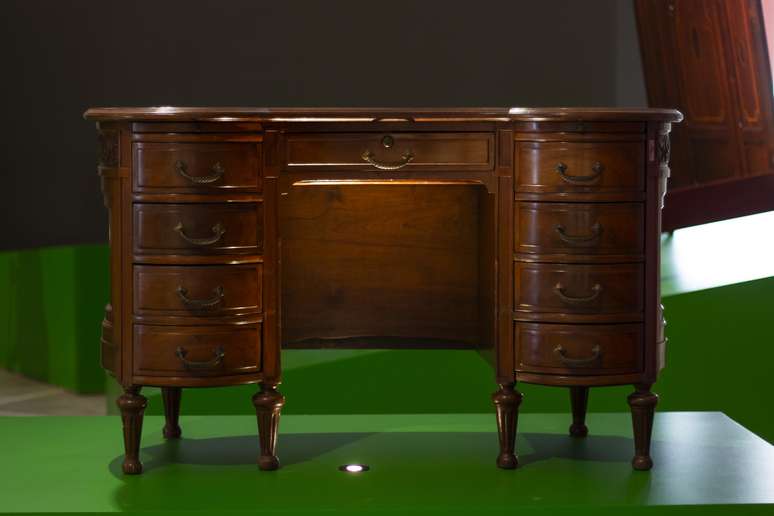
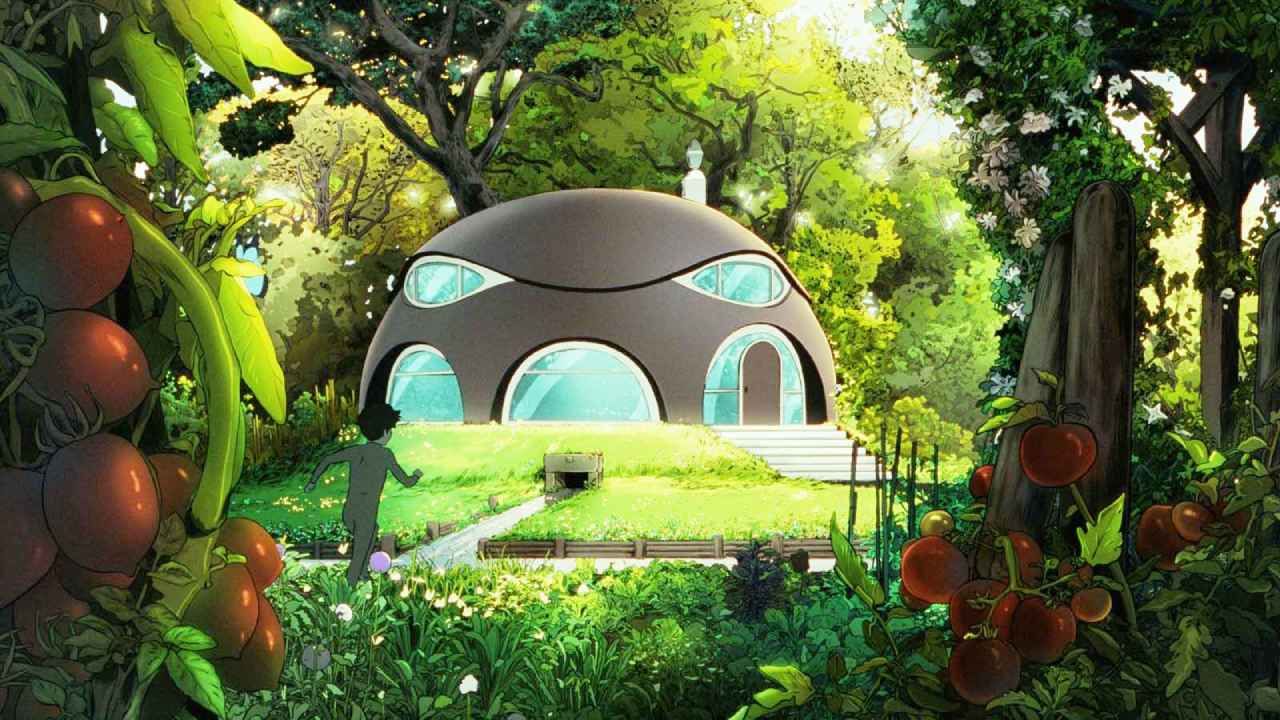

![Here it all begins in advance: Carla discovers her true colors!… What awaits you in the week of October 27 – October 31, 2025 [SPOILERS] Here it all begins in advance: Carla discovers her true colors!… What awaits you in the week of October 27 – October 31, 2025 [SPOILERS]](https://fr.web.img4.acsta.net/img/1a/c9/1ac9c60c3279849c2babe78e208ce4ff.jpg)
